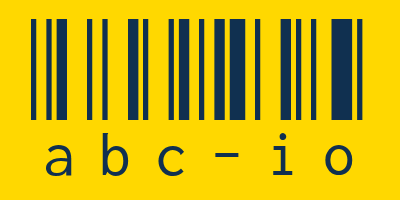
- Apple’s newest iPhone Air has removed the SIM tray worldwide
- Carriers must support eSIM onboarding and FAQs or risk losing customers
- Currently only China Unicom supports eSIM for iPhone Air in China
It has been a busy week for Apple enthusiasts, with Apple unveiling the new iPhone 17 series. While the lineup offers plenty to unpack, the spotlight is on the iPhone Air being the thinnest iPhone ever and to go fully eSIM.
In August 2025, we saw Google Pixel 10 making a similar move by ditching the physical SIM card slots. The move signals an eSIM-only future and pushes other OEMs to follow suit.
Disruption for carriers but opportunity for eSIM providers
Analysts warn carriers risk losing roaming revenue because users will discover cheaper eSIM alternatives like Holafly, Ubigi, or Saily.
“Mobile operators everywhere need to arm their retail and online support channels for a wave of new eSIM onboarding customer issues and publish clear user eSIM usage guidelines and FAQ”, says Emma Mohr-McClune, Chief Telecoms Analyst at GlobalData.
Another series of questions arises around phone numbers and consumer readiness. Not all eSIM providers offer phone numbers, as many just offer data plans. With the iPhone 17 Air, the demand for phone numbers may surge; otherwise, consumers will be forced to stick with traditional carriers for calling/SMS.
eSIM providers now face a growing opportunity (and pressure) to expand into offering phone numbers. aloSIM was one of the first eSIM providers to offer local phone numbers to users when they travel.
When I asked aloSIM CEO Justin Shimoon about eSIMs offering phone numbers, he explained: “Our customers immediately saw the benefit of being able to fully toggle off their primary SIM while traveling internationally – no risk of any charges on their next phone bill – and using the combination of aloSIM and Hushed to stay connected. It’s been very popular.”
But the change also exposes regional roadblocks. iPhone Air models purchased outside mainland China cannot be installed with mainland carrier eSIMs. Chinese telecom providers will have to quickly adapt to this rising change, as slow adoption could hurt sales.
However, despite these hurdles, TrendForce projects iPhone 17 shipments to rise 3.5% compared to iPhone 16. Consumers are likely to engage with this shift, as carrier switching will become easier and users will be able to download mobile plans on app stores.
“With eSIMs, connectivity is becoming a digital product. Users will download SIM profiles from the comfort of their homes, just like installing an app. This will challenge the entire retail system of telcos, forcing them to rethink how they sell and deliver mobile services,” says Vykintas Maknickas, CEO of Saily.











Add Comment